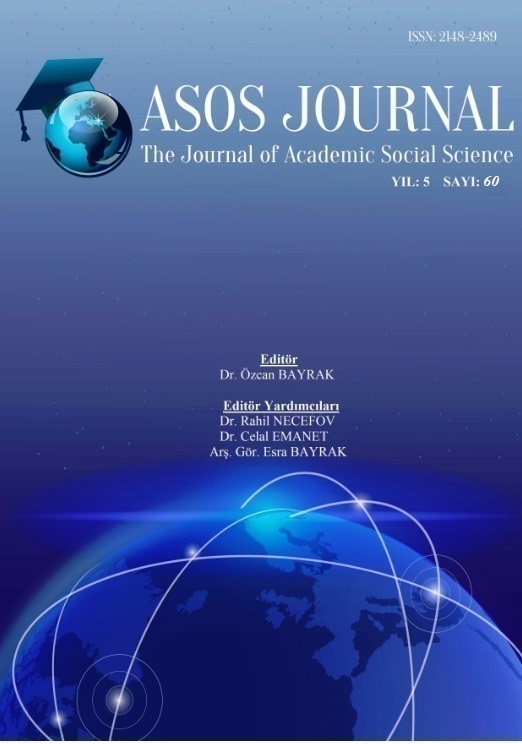Author :
Abstract
“Değişim” yirmi sekiz yaşındaki genç besteci S. Gayıblı üzerine kuruludur. Yazar, sosyalist toplumun monotonluğunu kahramanı üzerinden anlatır. Bu monotonluk, insanları kapalı, kötü evlerde yaşamaya alıştırır. “Tren, Picasso, 1968 La Tour” Bakü’ye bir konferansa giden iki iş arkadaşının aynı ortamda çalışmalarına rağmen birbirleriyle pek fazla iletişim kurmamaları anlatılır. “Kış Masalı” Bakü’nün bitişik bir iki katlı binalarının çevresinde adaya benzeyen yerde ihtiyar Kerim’in karın yolları kapattığı günlerin birinde her gün gittiği Birheh’teki bağ evine gitme arzusunun anlatıldığı bir hikâyedir.“Çardak” hikâyesinde, emekli insanların hayatlarından bahsedilir. Aliabbas, bir dülgerdir . Eskisi gibi çalışabileceğini göstermek için sokak kapısında bir bank yapmaya başlar ama elini yaralar. Kapının önünde bir tezgâh açar ama çekiçlerine müşteri bulamaz çünkü makinelerin modernleştiğini görür. “Ayakkabı”’da, Bakü’nün “medeni” restorantlarından birinde çalışan Bebir’in hikâyesi anlatılır. Simgesel çözümleme, eserin arka planda bırakılan boşluğun okuyucu zihninde tamamlanmasını sağlamak ve farklı yönlerde düşünmesine yardımcı olmak amacıyla kullanılan bir yöntemdir.
Keywords
Abstract
"Change" is based on the young composer S. Gayibli, twenty-eight years old. The author describes the monotony of the socialist society through the hero. This monotony gets people into life in closed, bad houses. "Train, Picasso, 1968 La Tour" Although two colleagues who went to a conference in Baku work in the same environment, they are told not to communicate very much with each other. The "Winter Masalı" is a story told about the desire to go home to Birheh's vineyard, where one of the days when the elder Kerim's belly closes the roads around Baku's adjacent two-storey buildings, the story of the life of retired people is mentioned. Aliabbas, a tulher. He starts to make a bench at the street gate to show that he can work as his old man, but he hurts his hand. He opens a bench in front of his door, but he can not find a customer for his hammer because he sees the machines modernize. "Shoe" also tells the story of Bebir, who works in Baku's "civilized" restaurants. Symbolic analysis is a method used to help the work's backplane leave the gap in the mind of the reader and to think in different directions.





